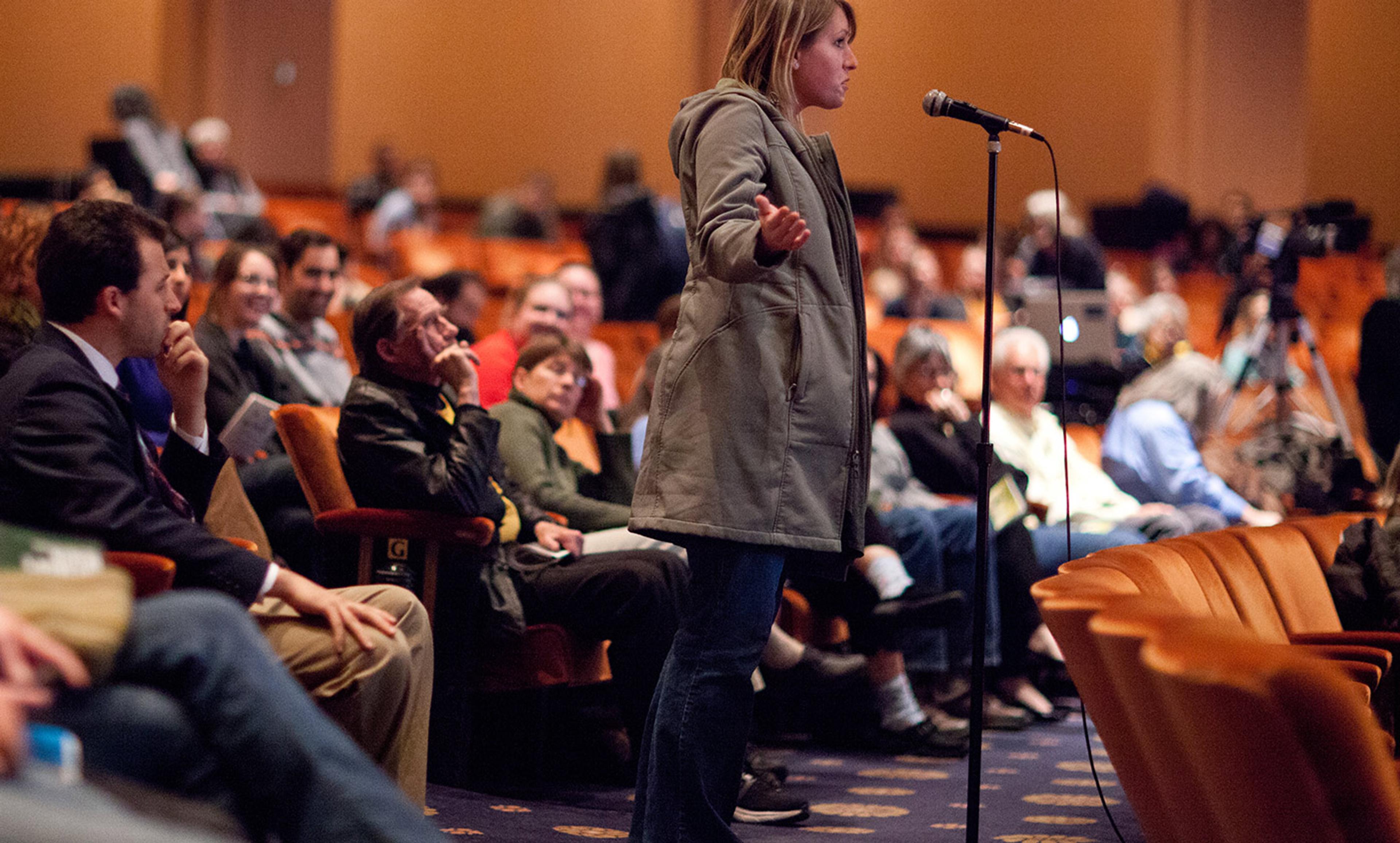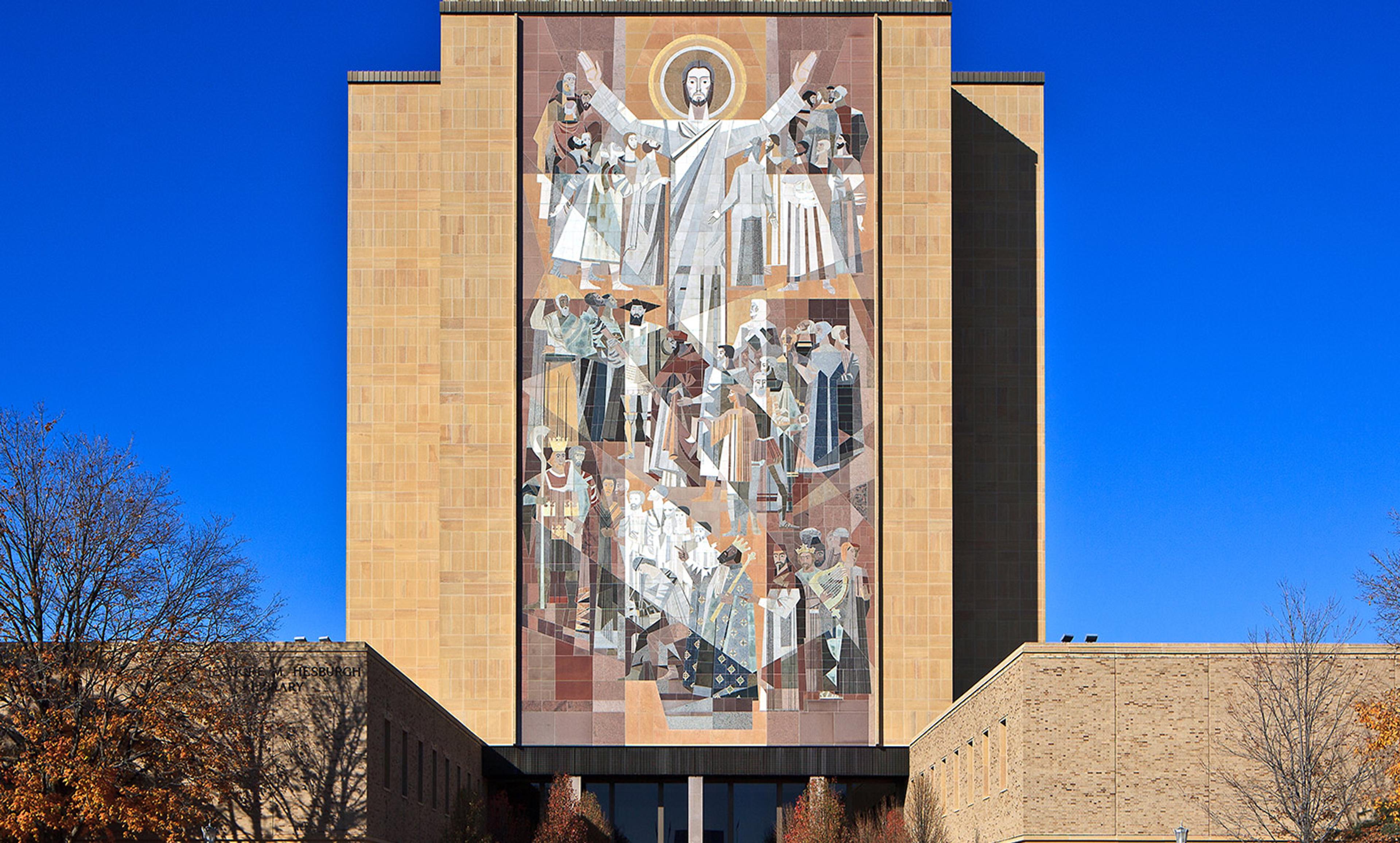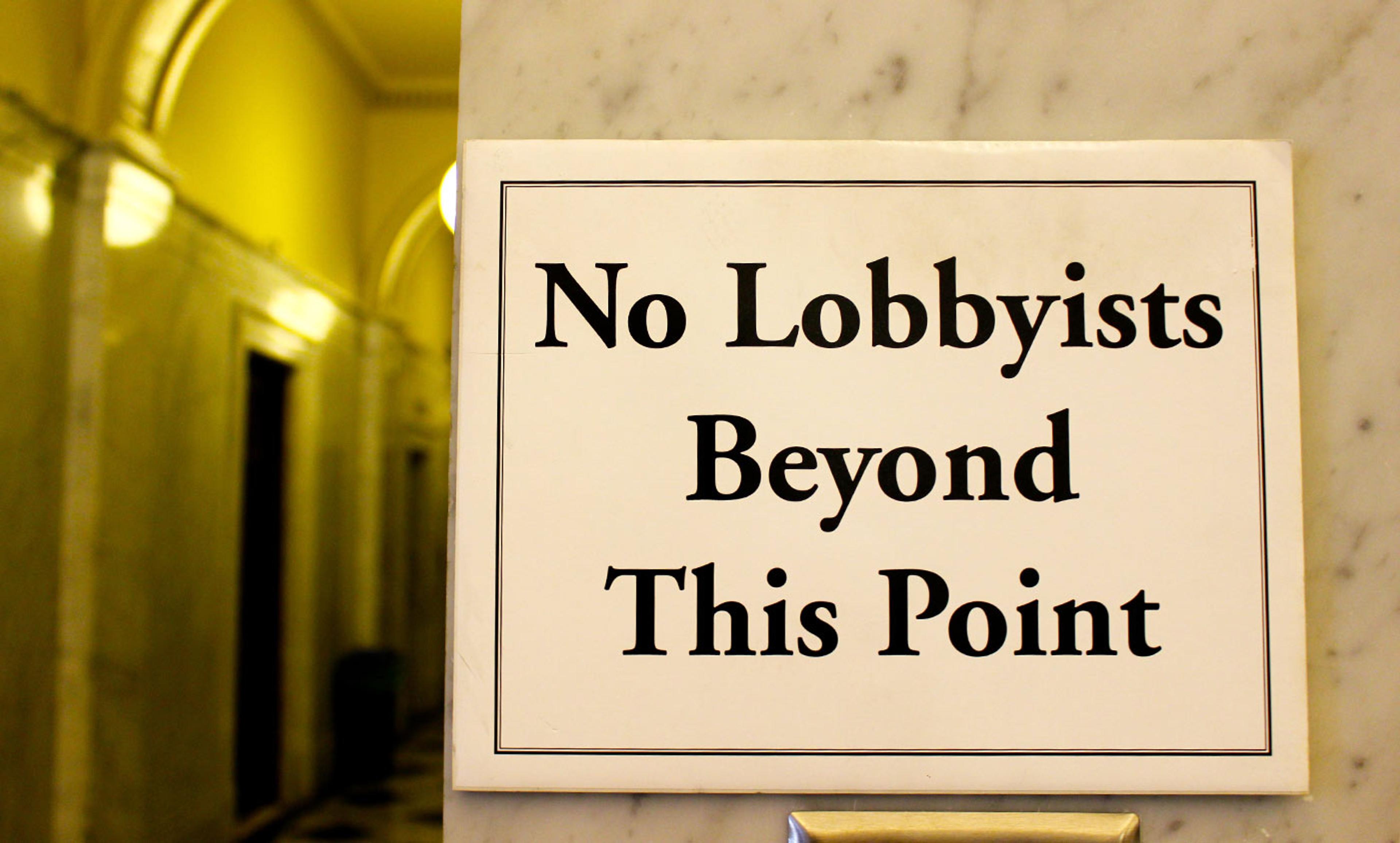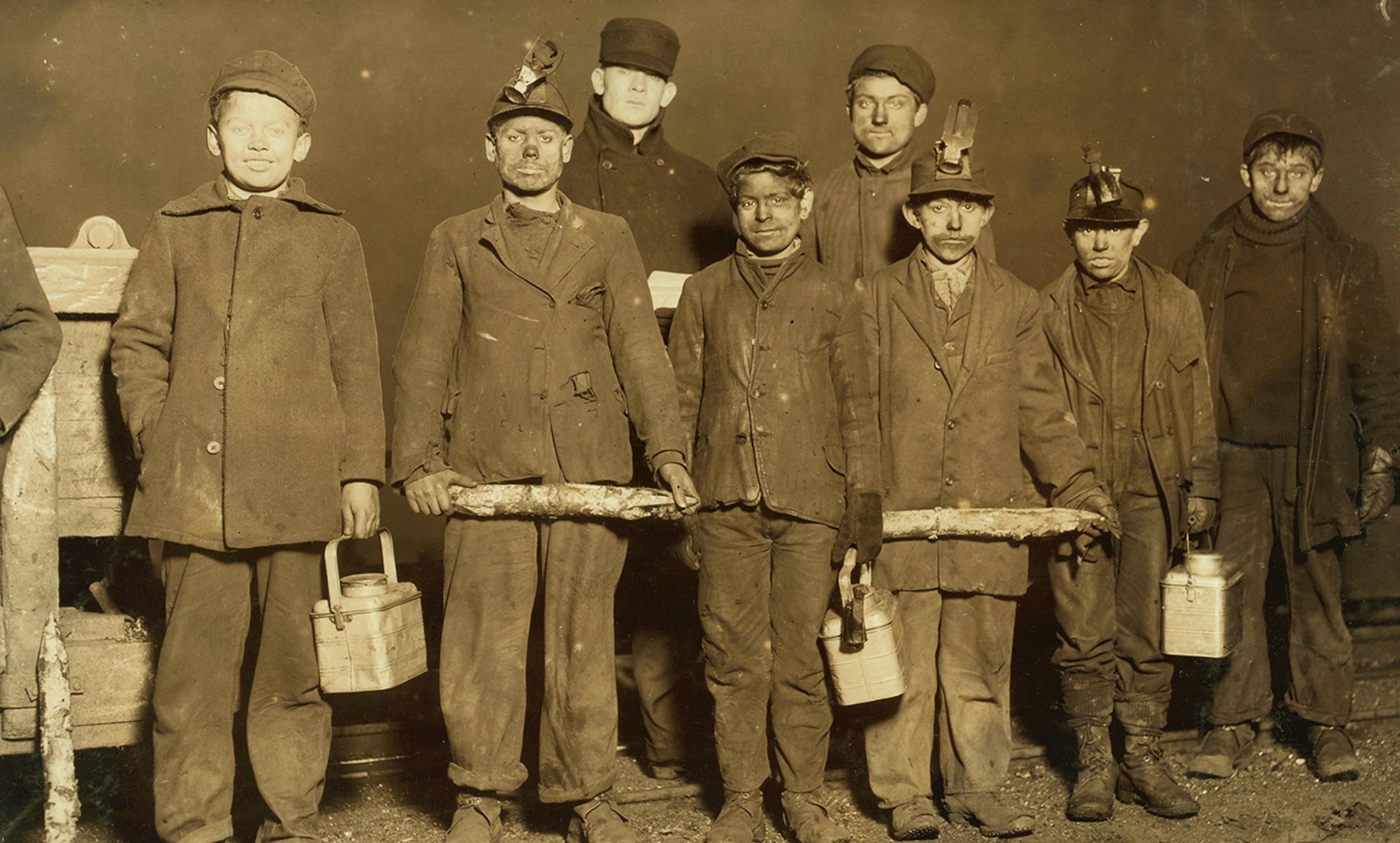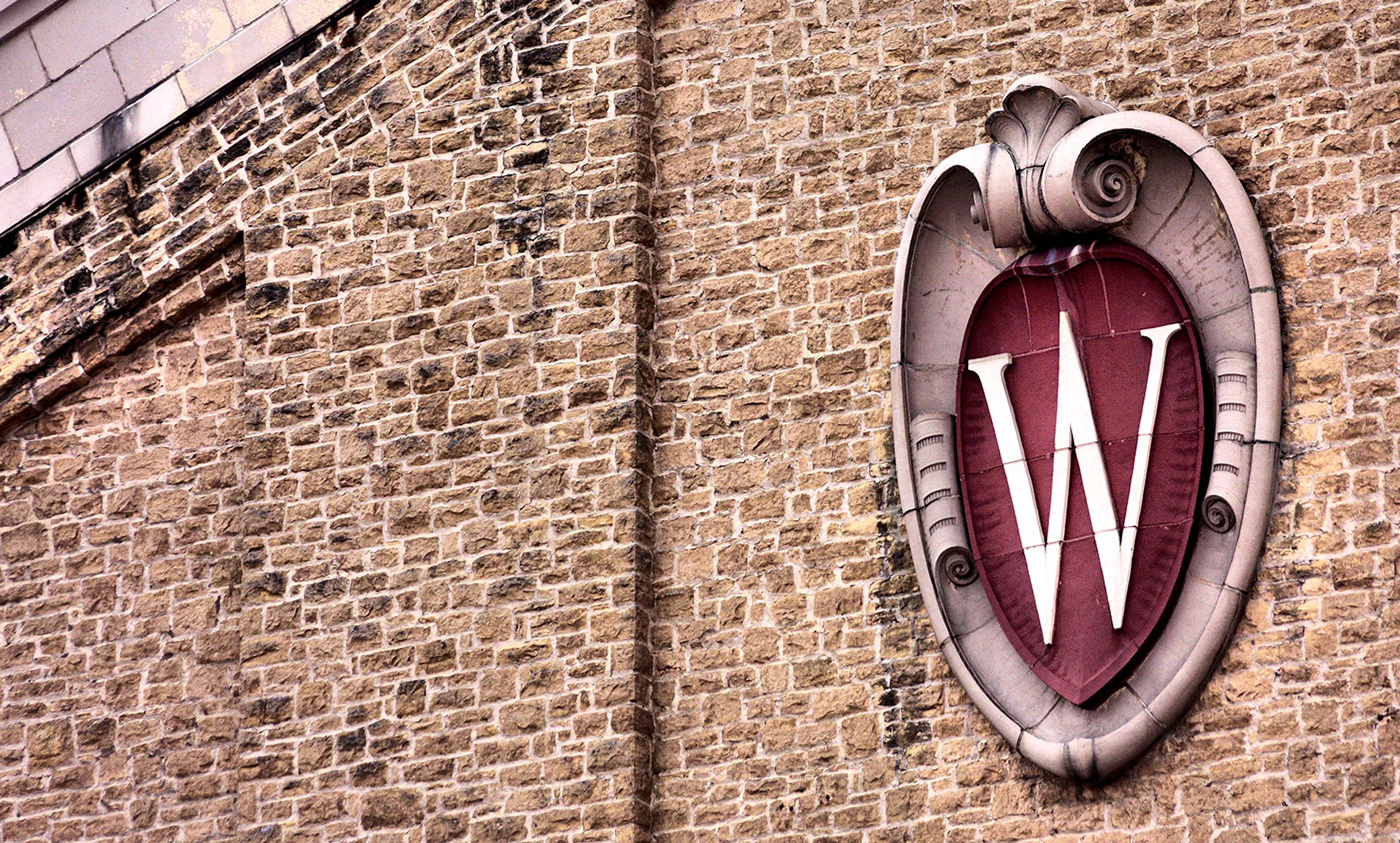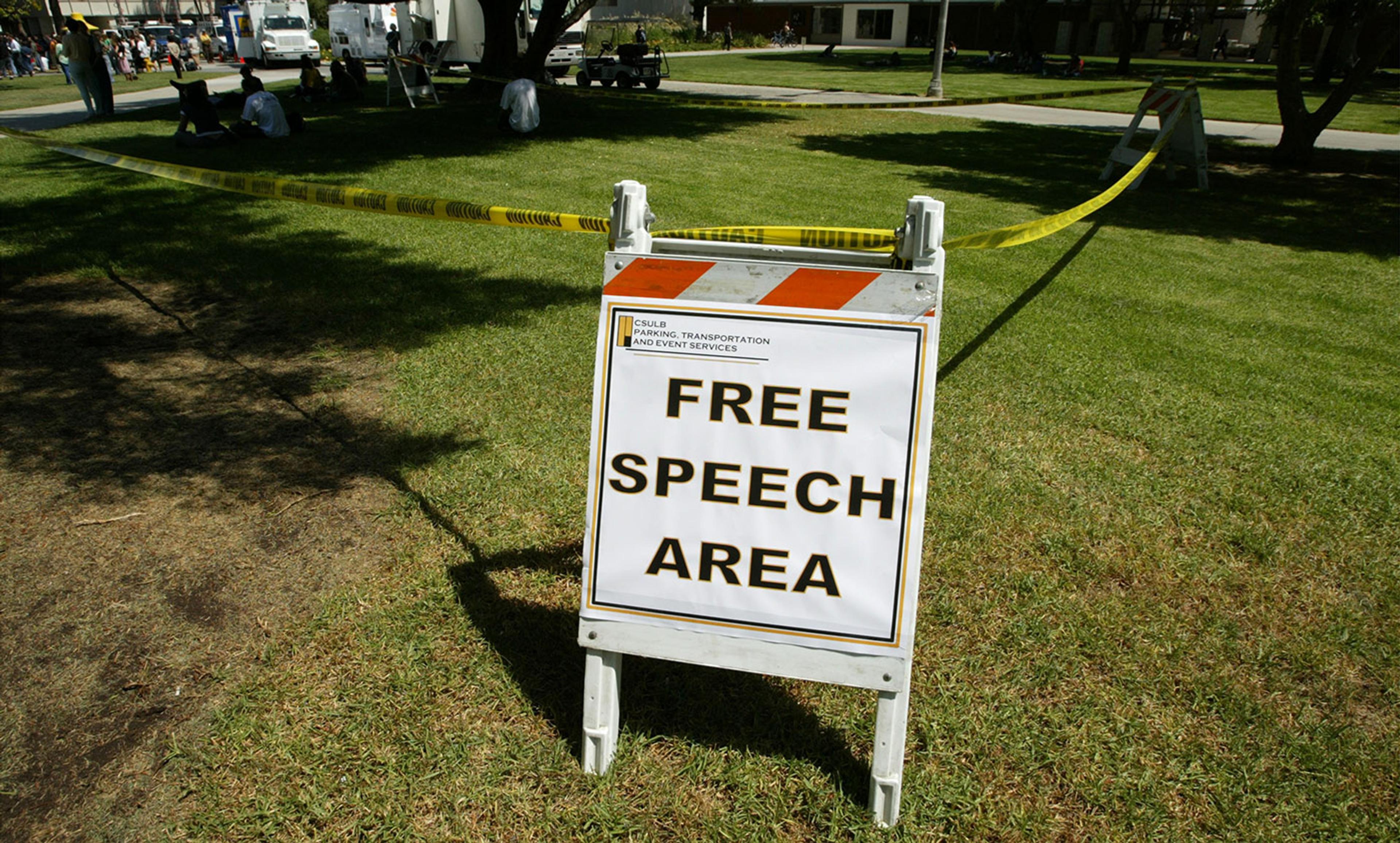Arthur C Brooks. Photo by Gage Skidmore/Flickr
Late last year, the New York Times contributor Arthur C Brooks published a column that garnered a great deal of attention. Called ‘Academia’s Rejection of Diversity’, it made the case that while ‘human diversity is a blessing’ within all institutions, academia was failing miserably within one important zone of difference: ‘the diversity of ideas’. According to Brooks, there is overwhelming ‘political groupthink in academia’ that creates an enormous imbalance towards ‘liberals’ and away from ‘conservatives’. In other words, academia embraces people from far-flung backgrounds and of varied appearances, so long as they think the same liberal ideas.
Such lack of political diversity, Brooks argued, leads to untrustworthy research outcomes and makes academia in general a biased force in society. The way to solve the problem is to bring in more conservatives into graduate programmes and faculty positions, to have, in essence, affirmative action for right-wing people.
Many pointed out the column’s glaring weaknesses. Brooks’s evidence focused exclusively on one discipline – social psychology – at the expense of ones that might skew more conservative, such as business or economics. Still others pointed out the irony of a self-professed conservative calling for workplace affirmative action – so long as those receiving the leg-up are exactly like him.
While agreeing with these criticisms, I think they largely miss the point. To fully understand Brooks’s paean to ideological diversity, we have to understand the history of Brooks’s own institutional home: the conservative think tank. Conservative think tanks have always alleged liberal bias in academia in order to justify their own existence and their own necessary public role of ‘balancing’ policy debates. Brooks was merely continuing in this long tradition.
By any measure, conservative think tanks are at most 100 years old. They are best understood as research and public relations institutions, staffed by conservative policymakers with the primary intention of making, promoting and marketing conservatism and conservative policies. Brooks is president of the American Enterprise Institute (AEI) in Washington, DC, which began in obscurity in 1938 and is one of the oldest conservative think tanks in the United States. It, and other think tanks such as the Hoover Institution and the Free Society Association, toiled away in obscurity until the late 1960s. During this stretch of time, a liberally oriented technocratic consensus dominated federal policymaking. Under such a paradigm, the ability of social scientists to rationally plan policy was taken as a given and was seen as preferable to both communism and right-wing anti‑statism. Because of this consensus, conservative think tanks were looked upon with suspicion given their big-business backing and anti-statist political leanings.
However, in 1967-68 this consensus was coming into question as public policymakers grappled for answers to various domestic and international crises, including rioting in US cities and the Vietnam War. It was at this time that conservative think tanks began to point to the alleged bias of academia as primarily at fault for such problems. In 1968, the president of AEI, Bill Baroody, argued that the Great Society programmes of the Johnson administration originated in the minds ‘of an academician or a group of academicians whose views concerning the organisation of society may not necessarily coincide with yours or mine’. According to Baroody, conservative institutions such as AEI were needed to inject ideological diversity into policymaking. Likewise, a Hoover Institution researcher at the same time argued that it was fine that the think tank was conservative given that it ‘may be the nation’s only academic body viewed as Republican, and we need more like it to establish an equilibrium’.
Throughout the 1970s, then, rhetoric that stressed the benefits of conservatively biased think tanks became commonplace, and such rhetoric was used to fundamentally reshape US political and policy debates. Where once there had been a liberal technocratic consensus, from the 1970s onward, conservatives and their institutional voices were allowed into policy debates by lawmakers and the traditional media outlets in the name of balancing the supposed biased liberal voices of academia.
Such a shift created new space for not only AEI and Hoover, but also new think tanks that could represent various conservative ideologies. Thus, in 1973, the Heritage Foundation launched to represent newly ascendant conservative forces of the 1970s, including the Christian Right. In 1977, the Cato Institute was founded to represent libertarian conservatism. AEI, particularly under the leadership of one of its fellows, Irving Kristol, began to articulate a neoconservative institutional position – one that would incorporate US Cold War liberals who were now becoming more explicitly conservative.
Additionally, Kristol developed the idea of the ‘New Class’. According to Kristol, the ‘New Class’ primarily resided ‘in our universities, in our foundations, and in our media too’, and was committed towards the position that ‘“constructive social change” is always something that government does for and to people, never something that people do for and to themselves – and most definitely nothing that American business does for or to anyone’. In other words, the media, the professoriate and foundations were all anti-business, anti-individual, and looked to the government to do everything.
All conservative think tanks in this period picked up on this rhetoric. They used it to acquire new power and influence in the name of balancing a skewed policy-debating world. They received new influence among lawmakers, who sought to incorporate explicitly conservative voices, and among those in the media, who sought to prove that they were not biased towards liberal viewpoints. Moreover, conservative think tanks thereafter could raise enormous new sums of money without much question given that their particular brand of bias was now welcome into policy debates.
This stance, this position of criticising other components of society – but especially academia – has, in short, always been essential to conservative think tanks and has been remarkably successful. Such a position allows you to critique others for institutional intellectual homogeneity while practising it yourself. But the reality is that conservative think tanks and academia are simply not mirror opposites of each other. First and foremost, academic research is subject to intense, sometimes overly rigorous, peer review, while the research of conservative think tanks is not. Holding both on the same level does a disservice to policy debates.
Secondly, ‘academia’ is a vast, complex world with hundreds of institutional forces that resist a straightforward ‘liberal’ definition. For instance, what are the political leanings of top university administrators? What about those in the athletics department? For conservative think tanks, defining them as straightforwardly conservative is easier.
Finally, when it comes to their labour models, academia is conservative and conservative think tanks are progressive. Conservative think tanks have always monetarily rewarded intellectual labour. Academia, on the other hand, is now defined by increasing class stratification with highly paid administrators and star professors on one end and adjunct labour and shortchanged student ‘consumers’ on the other. Thus, when the public buys into the conservative think tank critique of the professoriate, it obscures the actual benefits and problems of academia while empowering institutions that have very little commitment to intellectual diversity themselves.

